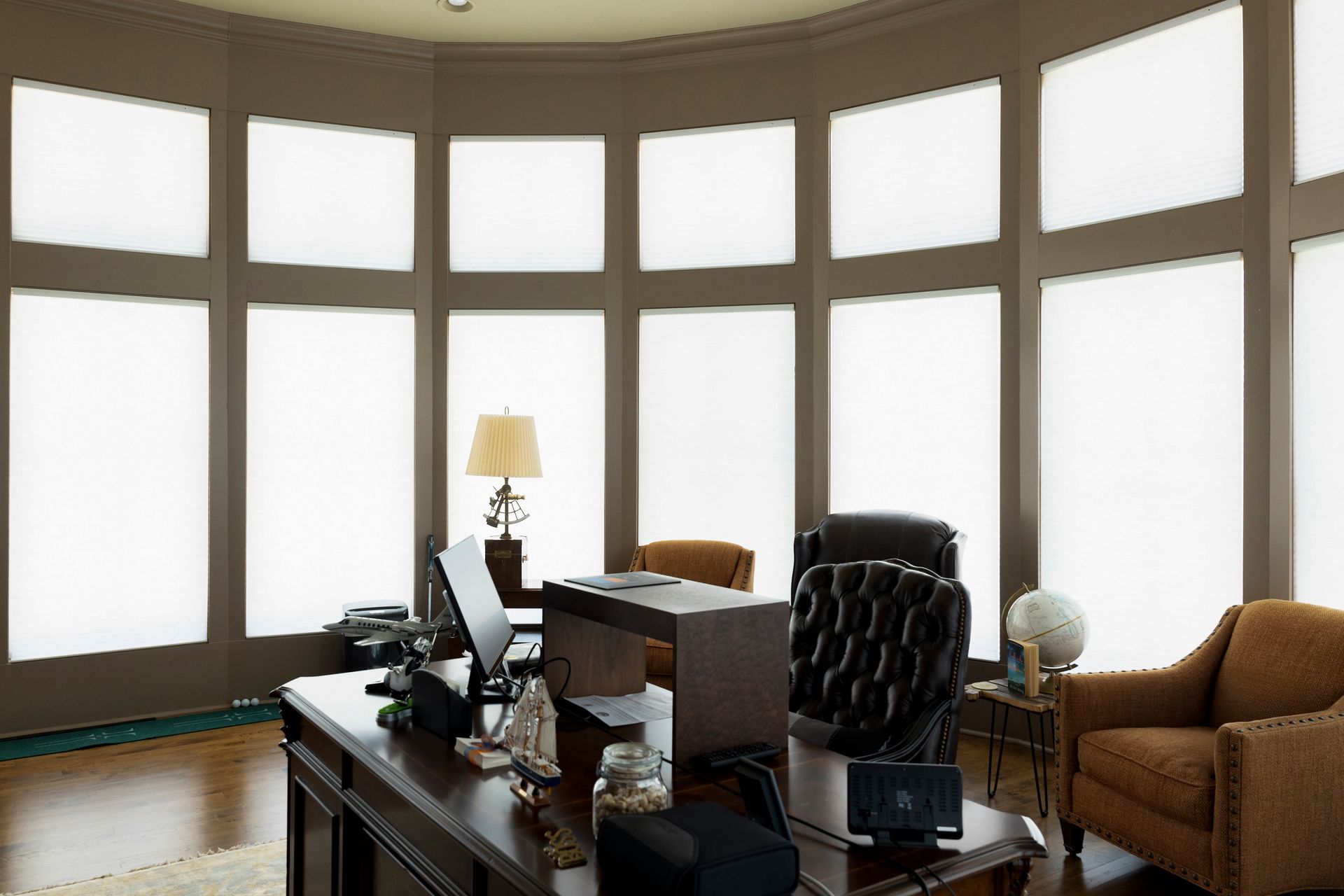
If you’re concerned about indoor air quality, choosing products that promote clean indoor air is a wise move. With pollutants in the air leading to problems like asthma and allergies, you’ll want to do everything you can to ensure your loved ones are breathing clean air. Although you hear many news stories about outdoor air pollution, indoor air often suffers two to five times more pollution than outside air, which is all the more reason to pay attention to inside air quality.
The Importance of Indoor Air Quality
People spend most time inside buildings breathing indoor air, but breathing poor-quality air puts people at risk for developing long-term health complications and even cancer. The air in indoor environments often contains chemicals, particulates, mold, and biological contaminants like bacteria and viruses. When people breathe these things, they tend to feel worse, experience symptoms like headaches and difficulty concentrating, and not be as productive. Indoor air pollution has also been associated with heart disease as well. In addition to increasing ventilation and investing in a quality air purification system, people should also pay attention to how their products and furnishings affect indoor air quality.
What is Green Guard?
Products with Green Guard certification meet rigorous standards for low emissions of volatile organic compounds or VOCs. Manufacturers rely on these standards for creating products that promote health and sustainability. Consumers depend on Green Guard certification to help them make wise purchasing choices. VOCs are a large source of pollution from furnishings and building materials, which is why controlling their emission is important. Green Guard certification is the trusted standard for products that emit very low levels of VOCs. It’s incorporated into more than 400 green building codes, policies, guidelines, rating systems, and standards. Sustainable building programs around the world make use of Green Guard standards.
How Green Guard Works
Manufacturers work closely with UL Environment to gain Green Guard certification for their products. The certification plan takes into account the manufacturing process and each unique product line. Certification is a thorough, rigorous, and comprehensive process that takes months to complete. It involves planning meetings, establishing test groups, product evaluations, and compliance testing. The manufacturer must also submit a final certification compliance package to the UL Environment before gaining Green Guard certification.
To test VOCs, the UL Environment utilizes advanced dynamic environmental chamber testing. This test identifies total and individual VOCs, ozone, phthalates, and formaldehyde. In addition, microbial resistance tests measure how well products resist mold growth.
After obtaining Green Guard certification, the manufacturer must participate in continuous testing, documentation, and verification to maintain the label. Ongoing evaluation helps to ensure products continue to meet the rigorous low-emission standards of Green Guard.
Blinds With Green Guard
Just because you’re looking for blinds with Green Guard doesn’t mean you’ll end up with boring blinds. Many types of blinds come with Green Guard certification, including wood blinds. The natural aesthetic of wood blinds fits nicely into an array of home styles. When you choose blinds with Green Guard, you’re offering your family and guests a healthy and visually pleasing home experience.
Just Blinds has over 30 years of experience in the design and installation of custom blinds, and we offer blinds with Green Guard certification. We can give you a free in-home consultation to help you choose the most appropriate blinds for your property. To speak with an experienced professional or ask more questions about Green Guard certification, please contact us.
Expert Advice by Just Blinds


